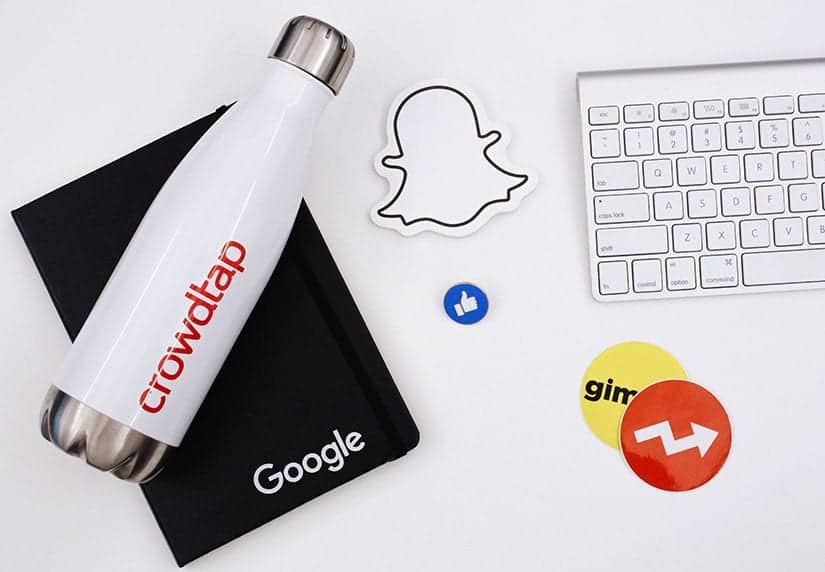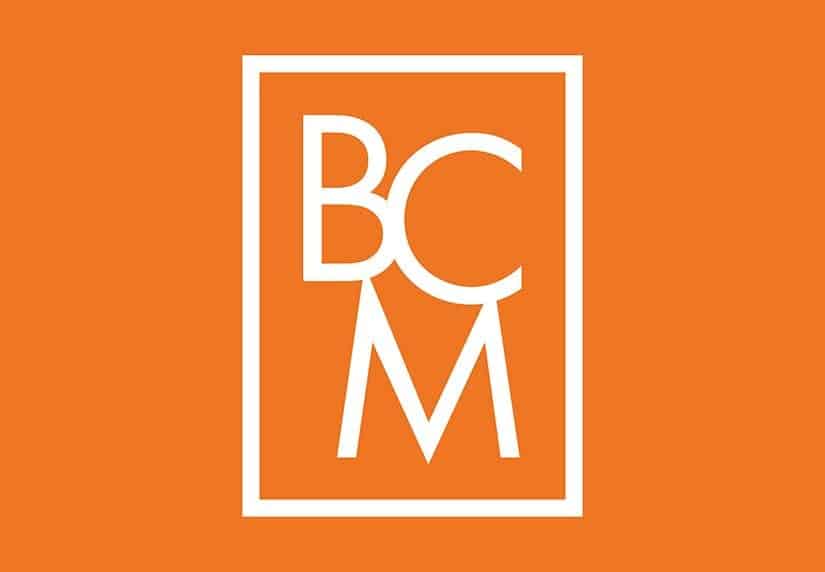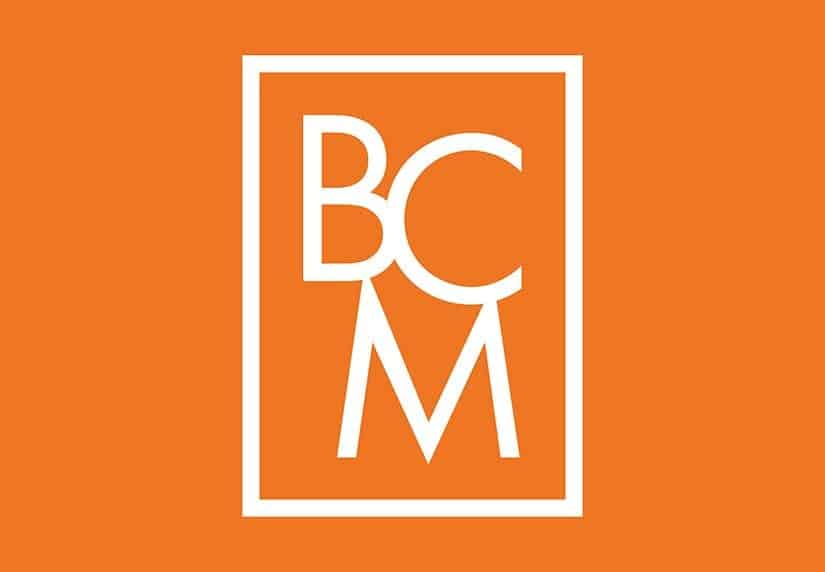How BCM Helped Marriott Boost Pageviews With Native Gmail Ads
While Google only recently began making native Gmail ads available for all advertisers directly in AdWords, Beeby Clark+Meyler has already had...


Google has introduced a new feature for Gmail that automatically sorts email into different tabs. This new sorting method is part of a continuing trend of categorization that by default will turn your inbox into multi-bucket folders, among them Primary, Social, and Promotions. This update has made email marketers nervous, since most marketing messages are now being placed into a new Promotions tab, tucked away behind the Primary inbox that is displayed upon login.
The concern among marketers is that this format introduces another click before recipients see, yet alone click on, emails that are promotional in nature. Mailchimp was the first to report from the frontlines, and their results indicated that for Gmail users, open rates had dropped in a small yet definite way—about 1% since the feature has started to roll out.
Since the new inbox has not been implemented service-wide, we do not know how many Gmail users have been given the switch. Because of that, these open rates are likely to either hold steady or continue to drop. This type of email inbox management approach is long overdue. Ultimately, customers will welcome solutions that help them separate the wheat from the chaff and it is likely that further refinements to the current algorithm will get smarter over time.
Personally, I have wondered why email solutions don’t take into account how often and what you open and then suggest unsubscribing from emails that you routinely ignore. In the meantime, there is no silver bullet to getting your email out of the Promotions tab and into the coveted Primary tab, apart from asking the user to manually move them there. While the parameters of filtering for the new tabbed Gmail inbox have not been released or disclosed, it appears as though emails from DSPs with header, footer, and unsubscribe instructions almost always get relegated to the Promotions tab. In addition, we have noticed some transactional emails ending up in there as well, along with newsletters. As these characteristics are fairly vital to listserv-type communications, it looks like marketers have no way to beat the auto-classification and will have to accommodate the new format whether they like it or not.
Segment Your Audience
So what to do? First and foremost, you should be segmenting your audience by email provider if you are not doing so already. Looking at response rate trends by provider is a good way to identify provider specific issues that arise from time to time. If you haven’t been doing this, start now.
Inform Your Customers
Chances are your recipients will figure out the new Gmail inbox on their own, but it can’t hurt to help them along. A special, personalized email explaining changes in Gmail and how they will affect email delivery (as well as how they could possibly miss out on one of your outstanding deals or offers) should be sent from a regular, non-promotional email domain (not a DSP) in order to reach them in their Primary inbox. Instruct them to look for your regular communications in the Promotions tab and move your marketing fodder to the Primary tab so they won’t be out of the loop. Here are the two ways to do it:

Drag and Drop
Click and hold on the email you want to move. Drag it over to your tab of choice and release. The email will be placed accordingly, and you have the choice of deciding whether or not future emails from the same email address will go into that tab.

Right Click
Right click on the message of your choice and select “Move to tab >” along with your desired choice. A message will appear asking about future emails from the same sender.
Diversify Your Digital Marketing
Finally, if you have been in the digital media business for any length of time, you know that things are constantly changing. Instead of bemoaning how things used to be, adapt your approach and make sure your approach is diversified. Too many marketers become over reliant on a single tactic, like email or SEO, and are woefully unprepared when a major shift occurs. In addition to informing your Gmail subscribers about how best to continue to receive your communications, you should be adapting your approach to communication to take advantage of additional ways of communicating. One highly effective communication format is SMS.
As customers continue to use their mobile devices more and more, you should be experimenting with things like SMS, which have 99% open rates, according to some studies. Social media is another means of communicating offers, specials, and important updates to your customer base. Make sure that you are using your social outlets to communicate key offers. Obviously, some social outlets lack the ability to segment, so be judicious, but tactics like Facebook’s Unpublished Posts offer a way to segment and target specific offers to specific segments. While there are few tactics with the combination of low-costs and segmented targeting ability that email offers (retargeting, display, SMS, PPC and most others have costs that exceed email – even social requires money to change hands in order to scale), the smart marketer is constantly building their portfolio of tactics through constant testing and refinement.

While Google only recently began making native Gmail ads available for all advertisers directly in AdWords, Beeby Clark+Meyler has already had...

Nervous that your brand’s Facebook videos are not getting the attention you’d like? You should be. The hard fact is, you have exactly 2.5 seconds to...

Google yesterday announced on its Adwords blog that native Gmail ads will now be available for all advertisers directly in AdWords. The company has...